Estimated reading time: 8 minutes
Have you ever caught your feline friend in a yawn and found yourself wondering just how many teeth do cats have tucked away in their mouths? For cat owners, understanding the dental makeup of your kitty is more than just trivia; it’s essential for ensuring the health and happiness of your beloved pet.
Many might not know that cats also start their lives with a completely different set of chompers than what they have as stalking, prowling adults.
Did you know kittens are born toothless but soon sprout 26 tiny teeth, which they eventually lose to make way for 30 permanent adult teeth? It’s quite an interesting journey from gummy smiles to full-fledged feline grins!
Our article will dig into every corner of a cat’s mouth to give you the lowdown on their dental timeline—from milk teeth to impressive adult bicuspids—and why keeping tabs on them matters.
Key Takeaways
- Cats begin life with 26 baby teeth and grow into 30 permanent adult teeth.
- Regular dental check-ups and brushing can prevent cat dental problems like tooth decay and gum disease.
- Cats have four types of teeth: incisors, canine teeth (fangs), premolars, and molars, each serving a specific purpose for their health.
- Dental issues are common in cats over three years old; proper care is essential to avoid pain and infections.
- Good oral hygiene is crucial for a cat’s overall well-being, helping them lead happier lives.
How Many Teeth Do Cats Have as Kittens and Adults?
Kittens Have 26 Baby Teeth
Kittens are born without any teeth. By the time they’re three to four weeks old, their baby teeth start coming in. They have a total of 26 deciduous teeth – those are the first set of teeth they grow.
This bunch includes 12 incisors for nibbling bits of food, four fang-like canine teeth for grabbing and holding onto things, and 10 premolars that help chew their meals. Around six months of age, kittens begin losing these baby teeth to make room for their permanent ones.
As new adult teeth come in, the kitten’s mouth can get crowded if baby teeth don’t fall out on time. This could hurt your kitten’s dental health because retained deciduous (baby) teeth can trap food and cause tooth decay or gum disease.
Regular check-ups at an animal hospital will help catch any problems early on so your cat keeps healthy chompers into adulthood!
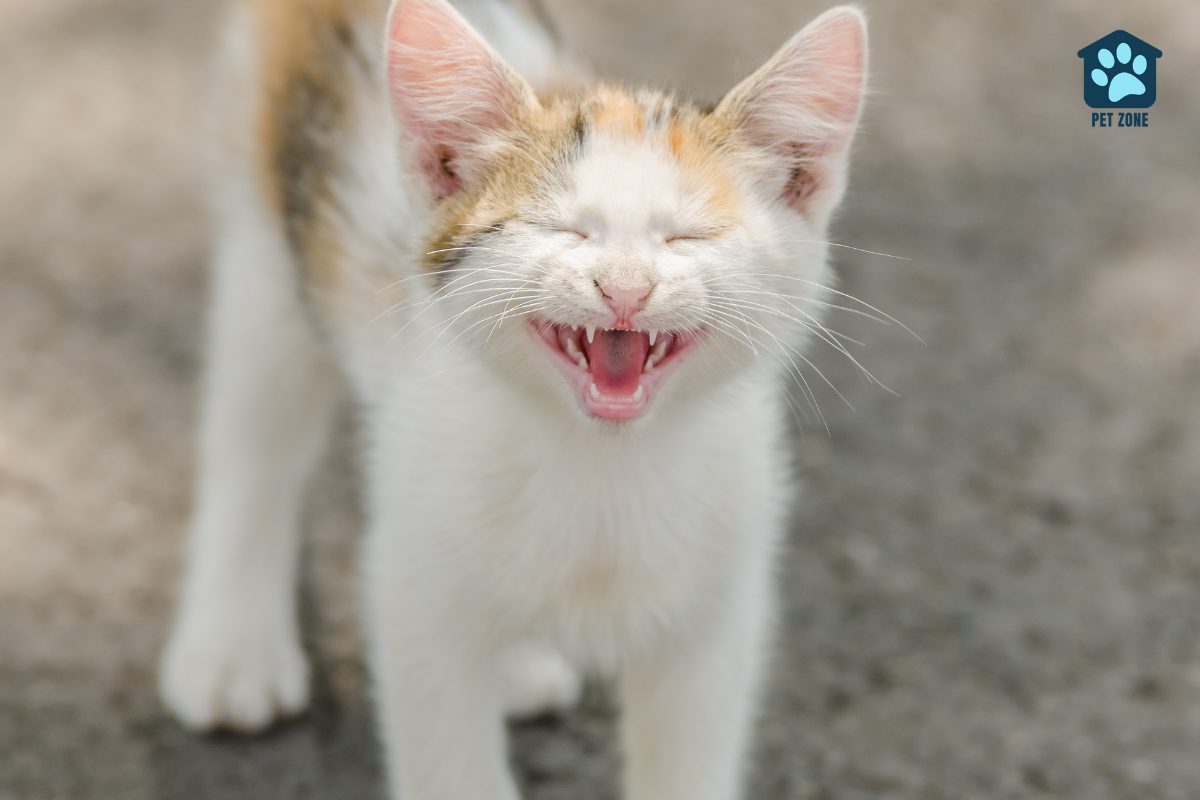
30 Teeth in Adult Cats
Adult cats have 30 permanent teeth that they use for biting and chewing. These teeth include four large canine teeth to grab prey, twelve small incisors in the front for nibbling, and ten premolars plus four molars in the back of their mouths for grinding food. Healthy adult teeth start growing after the kitten’s baby teeth fall out.
Cats’ big canine teeth are sometimes called fangs. They help adult cats catch and hold onto their food. The tiny incisors cut meat into smaller pieces, while pre-molars and molars crush dry cat food or bones from their diet.
Types of Cat Teeth
Cats have four types of teeth: incisors, canine teeth, premolars, and molars. Each type of tooth serves a specific purpose in a cat’s diet and oral health.
Incisors
Incisors are the small teeth in the front of your cat’s mouth. There are six on the top and six on the bottom. These 12 incisors help your furry friend with different tasks. They’re not for chewing; they grip prey and pick up pieces of food.
Grooming is easier for cats because they can use these front teeth to nibble dirt and loose fur.
Your cat uses its incisors every day without you even noticing. When it grooms or grabs a toy, those tiny teeth are hard at work! They might be less important in hunting than other teeth, but they play an essential role in your pet’s daily life by helping them hold onto things securely.
Canine Teeth
Cats have four prominent and sharp canine teeth in their mouths, two in the upper jaw and two in the lower jaw. These fang-like teeth are used for grasping and tearing food, essential for hunting and eating.
In both the upper jaw (maxilla) and lower jaw (mandible), these canine teeth play a crucial role as they are designed to help cats catch prey securely. Though small, these teeth are important for your cat’s dental health; ensuring they remain strong is pivotal for their overall well-being.
Premolars
Cats have 10 premolars, which they use to cut food into chunks. These sharp and serrated teeth are part of the complete set of 30 permanent teeth. Specifically designed for cutting, cats have two top and two bottom pre-molars to aid in processing their food effectively.
The premolars play an essential role in a cat’s dental structure, enabling them to consume their meals efficiently. These sharp teeth assist with the cutting process as part of the overall dental arrangement in cats.
Molars
Cats have four molars: two on the top and two on the bottom of their mouth. These teeth are designed for crushing bone, aiding in digestion. Their sharp edges enable them to efficiently process food, ensuring they get the nutrients needed for a healthy life.
Molars play a crucial role in a cat’s ability to eat and stay nourished. They work alongside pre-molars to aid in chewing and grinding food, allowing cats to maintain their health and vitality.
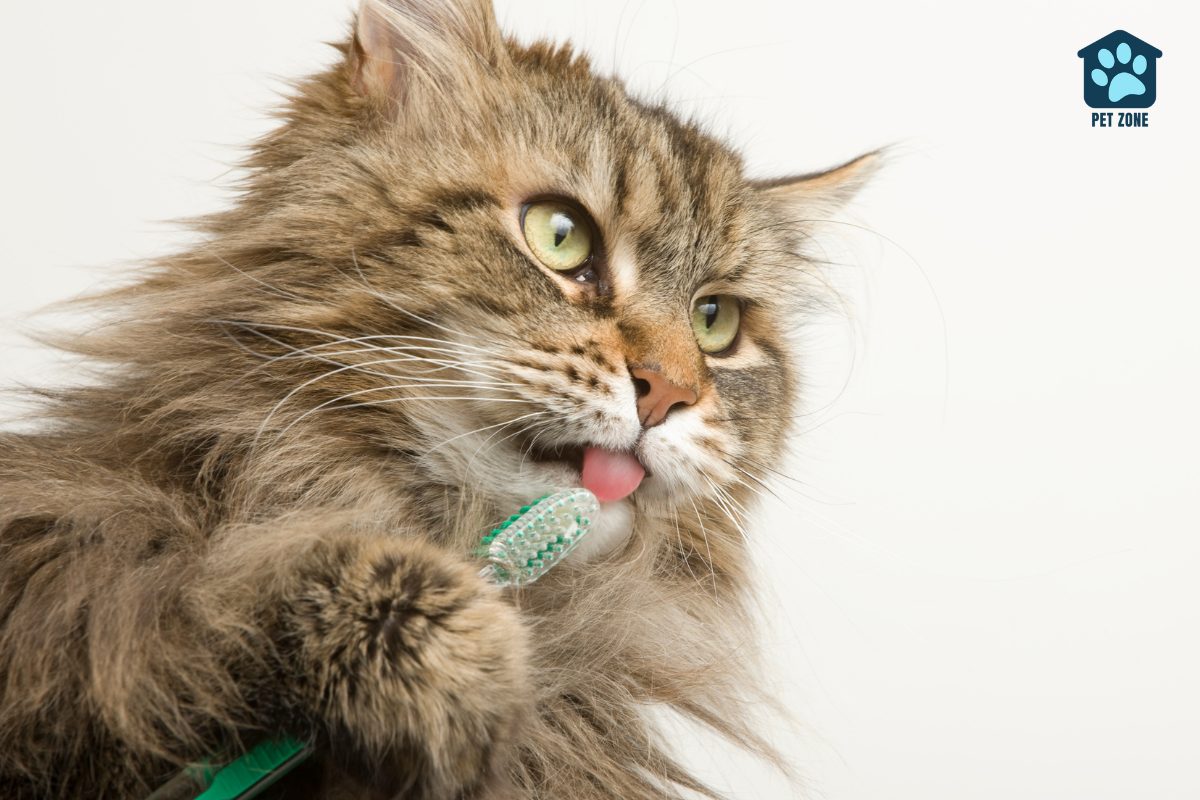
Importance of Oral Health in Cats
Good dental care is crucial for cats to maintain their overall health and prevent dental problems. Cats need regular dental check-ups, cleanings, and preventive measures to keep their teeth healthy.
Brushing your cat’s teeth regularly can help minimize plaque build-up and reduce the risk of dental disease. Ensuring proper dental care can also prevent tooth loss and painful teeth in cats.
Despite being often overlooked, pet owners need to prioritize their cat’s dental health as part of their overall care routine. Dental problems in cats are prevalent, but with proactive attention to oral hygiene and regular veterinary check-ups, many issues can be prevented or addressed effectively.
A consistent focus on maintaining healthy teeth not only supports the physical well-being of felines but also contributes positively to their quality of life.
Common Dental Problems in Cats
- Periodontal disease and tooth resorption are common dental diseases in cats, affecting over 70% of cats over the age of three.
- Cats can suffer from gingivitis, periodontal disease, and tooth resorption, which can lead to pain, infections, and difficulty eating.
- Feline dental disorders include gum disease, endodontic disease, and tooth resorption, all of which can cause discomfort and health issues for your cat.
- Dental disease in cats is commonly associated with the accumulation of dental plaque and tartar formation, leading to inflammation and potential tooth loss.
- Dental disease in cats can be severe in older cats; regular dental check-ups are crucial to prevent and address these issues effectively.
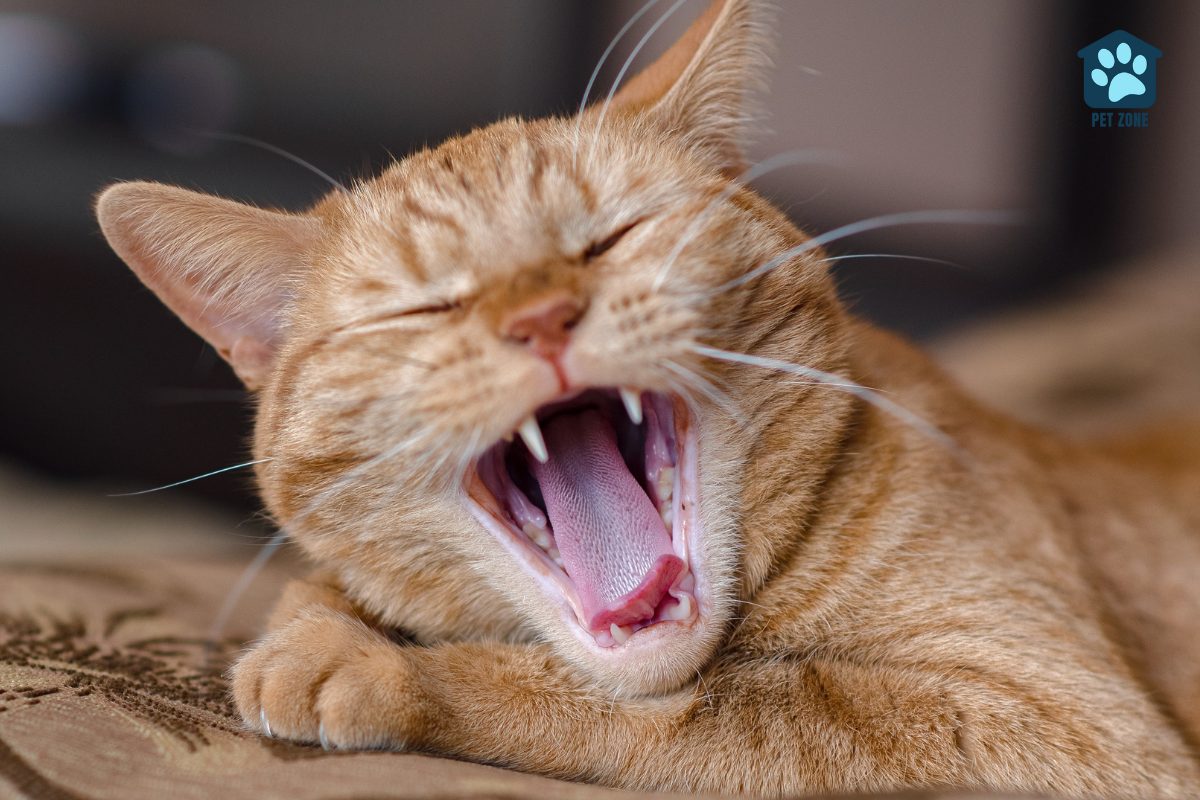
Conclusion
In conclusion, cats have two sets of teeth: 26 deciduous or “milk” teeth as kittens and 30 permanent teeth as adults. The dental care of your cat is crucial for its overall health. It’s important to keep your cat’s teeth healthy by brushing them regularly.
Ensuring proper dental care can prevent common dental problems in cats. By understanding the number of teeth and types of cat teeth, you can take better care of your feline friend’s oral health effectively.
Frequently Asked Questions
Kittens start with a set of 26 baby teeth—these are their first tiny, sharp tooth buds that come in while they’re still young.
By the time they’re around six months old, cats begin losing baby teeth and their permanent set of 30 adult teeth starts to grow in.
Cats have several different types of razor-sharp teeth, including front ones for gripping prey and flat back ones for chewing.
Good dental care keeps your cat’s mouth healthy; this includes brushing their teeth to prevent issues such as tooth decay or gum disease.
Yes, things like rough play or chewing on hard objects could damage your furry friend’s pearly whites, so keep an eye out!
Absolutely! Brushing your cat’s teeth can help stop tartar build-up and keep those chompers looking clean and feeling strong.
As an Amazon Associate I earn from qualifying purchases.
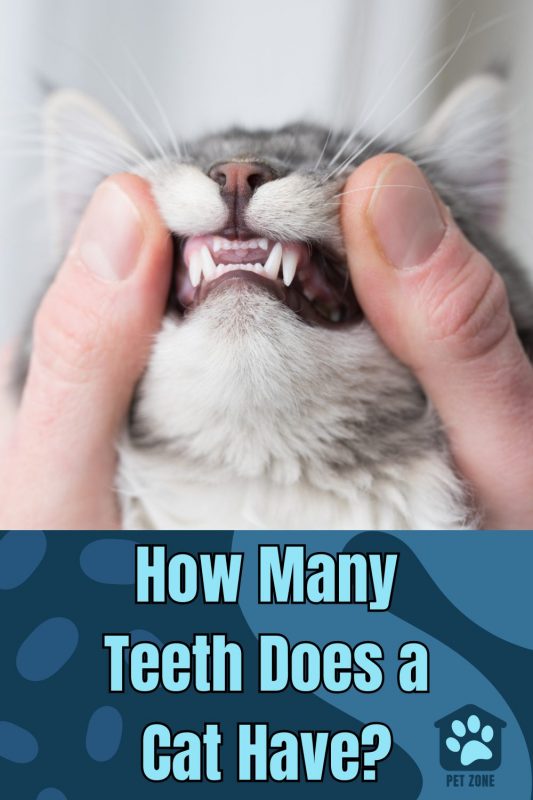
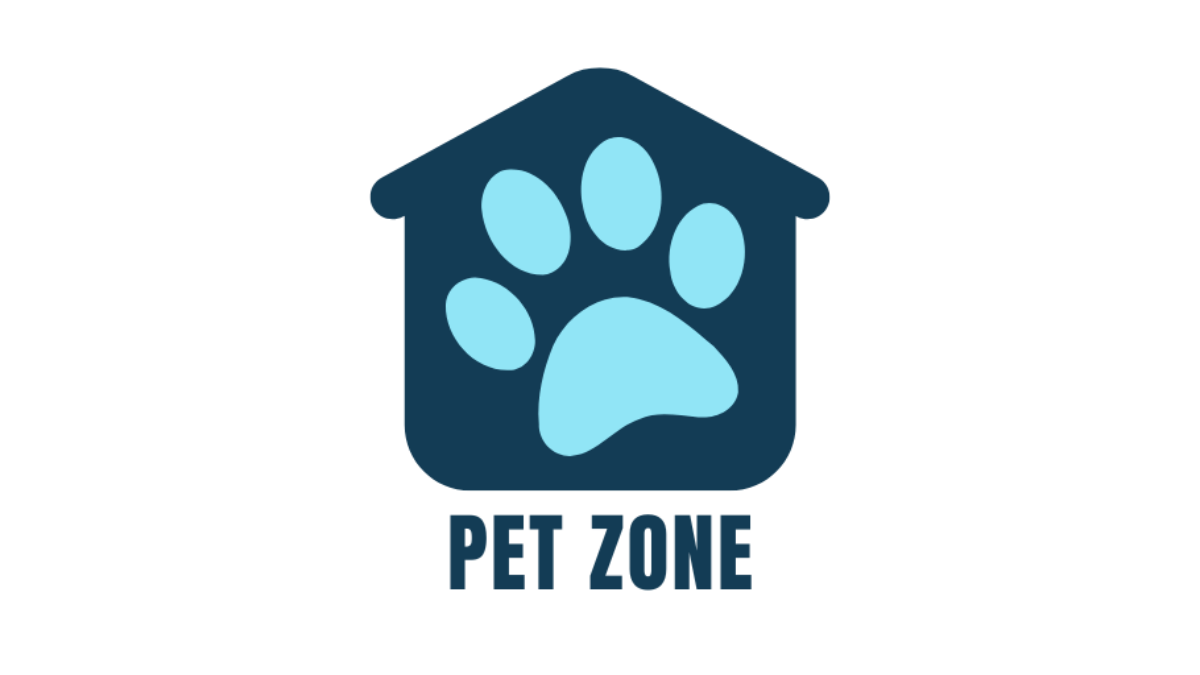

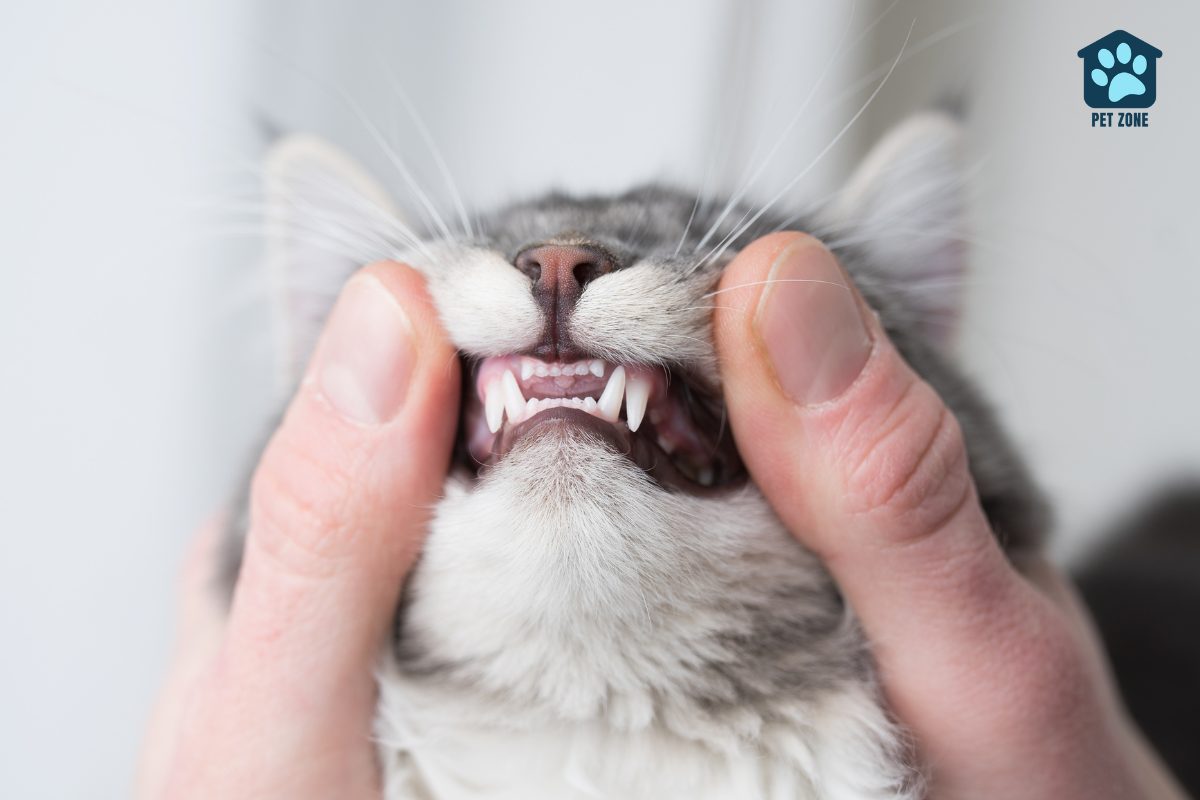
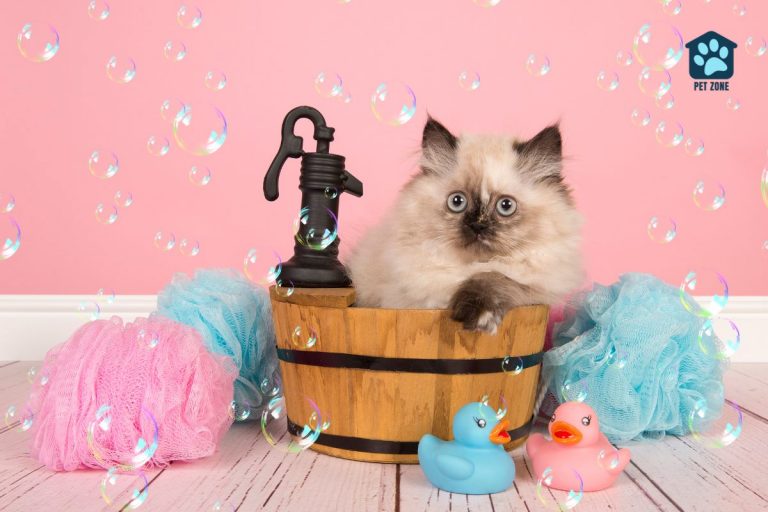
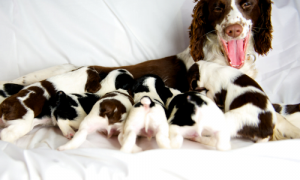
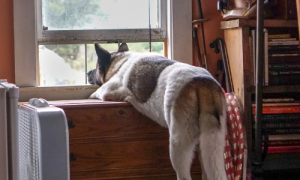
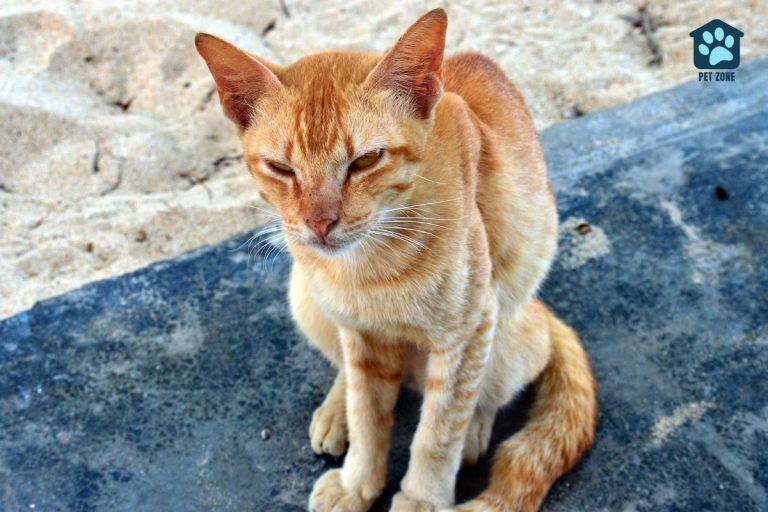
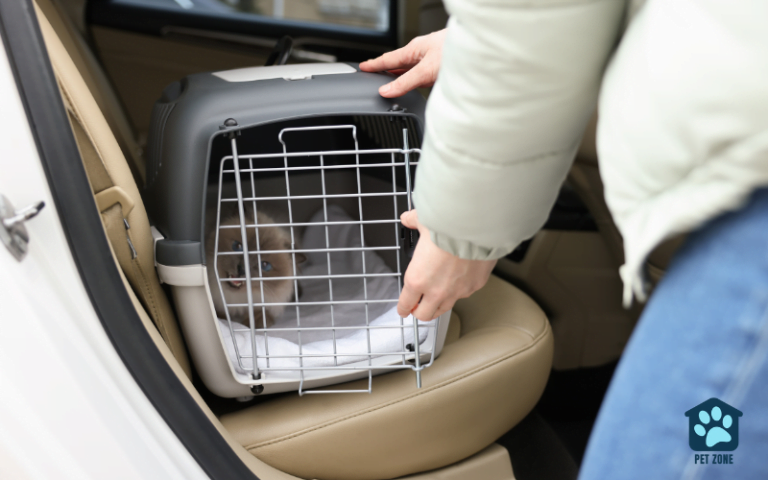
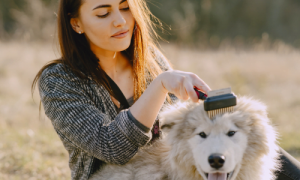
I’m a cat person and I’m learning so much through your blog posts. I had no idea cats had a similar makeup to humans regarding their teeth and health!